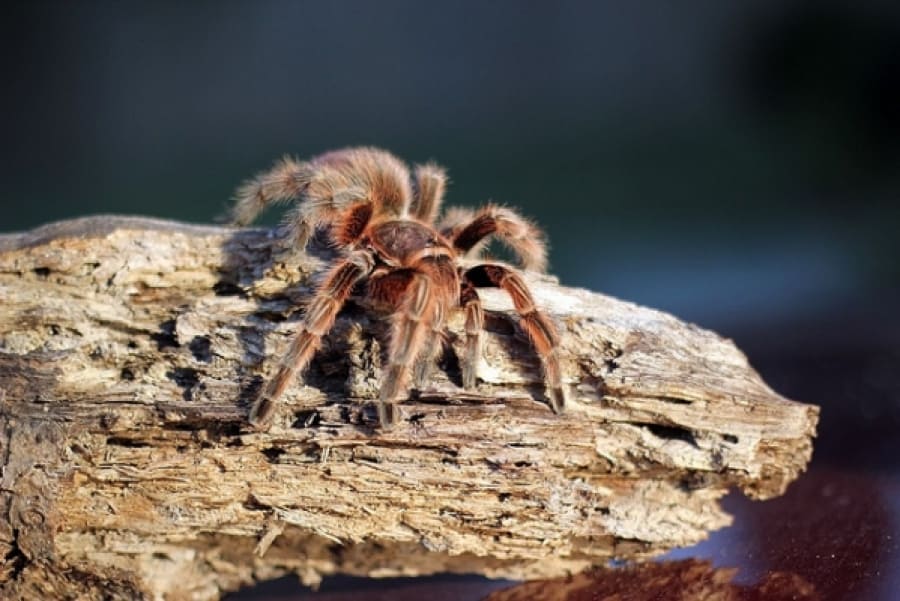
Scientific Name
- The scientific name of the Chilean Rose Spider is Grammostola rosea.
Description
- Chilean Rose Spider or Tarantula are the largest spiders in the world. They are generally hairy, come in an incredible variety of colors and sizes, and have enormous black fangs.
- They are also commonly known as Chilean Common, Chilean Fire, Chilean Rose Haired, or Chilean Flame Tarantula.
- This species is often recommended as the ideal species for beginners.
- They are hardy and docile. This spider is popular, easily found in pet stores, inexpensive, and easy to care for.
Distribution
- Found from South Western U.S.A. down to Chile, from China down to Australia.
Breeding
- Tibial spurs or hooks appear on the first pair of legs (not the pedipalps, which are on either side of the mouth).
- These will eventually be used by the male to help it hold the female up while it inseminates her using its modified pedipalps which get rounded and look sort of like the tarantula is wearing boxing gloves.
- Before a male tarantula matures, there is another way to tell the difference between male and female tarantulas, and that is by waiting until a tarantula molts and then sexing that leftover exoskeleton.
- The idea behind this is simple. The female tarantula’s spermathecae (or sex organs), a small pouch in which the semen is stored, are quite easily seen.
- Even spiderling female tarantulas have this spermatheca, which could be visible with a nice microscope. As the tarantula grows, it eventually becomes easy to see, even with the bare eye or a small handheld magnifying glass or lens.
- The male tarantula, on the other hand, usually has just a crease or fold in the skin.
Size
- Up to 6 inches.
Life Span
- Up to 12 years.
Diet
- The diet in the wild: Carnivorous (meat-eating); They will eat just about any animals it can overpower, e.g., insects, mice, frogs, snakes, other spiders, and even bats. Some will gorge themselves on as much as they can, and others will stick to an apparent diet.
- Captive Diet: Insects (e.g., crickets, roaches, worms), occasionally pinkie mice or rats. Sometimes, they fast for long periods for unknown reasons, and they almost always avoid eating when they’re about to molt.
Habitat
- Terrestrial or Arboreal.
- Temperature: 21ºC to 30ºC.
- Humidity at 60% to 70%.
Spider Cage Setup
- The cage should be wide for terrestrials but tall for Arboreals.
- Make sure it is escape-proof.
- Hiding place essential, a place for its privacy, security, and sleep by day. It is a good idea to include caves in the terrarium.
- A small (5-10 gallon) tank is suitable for Chilean Rose Tarantulas.
- The width of the tank should be 2 to 3 times wider than the leg span of the spider wide and only as tall as the spider’s leg span.
- 2-3 inches of peat moss, soil, or vermiculite can be used as a substrate.
- Wood, cork bark, or half of a small clay flower pot can be used for a shelter/retreat.
